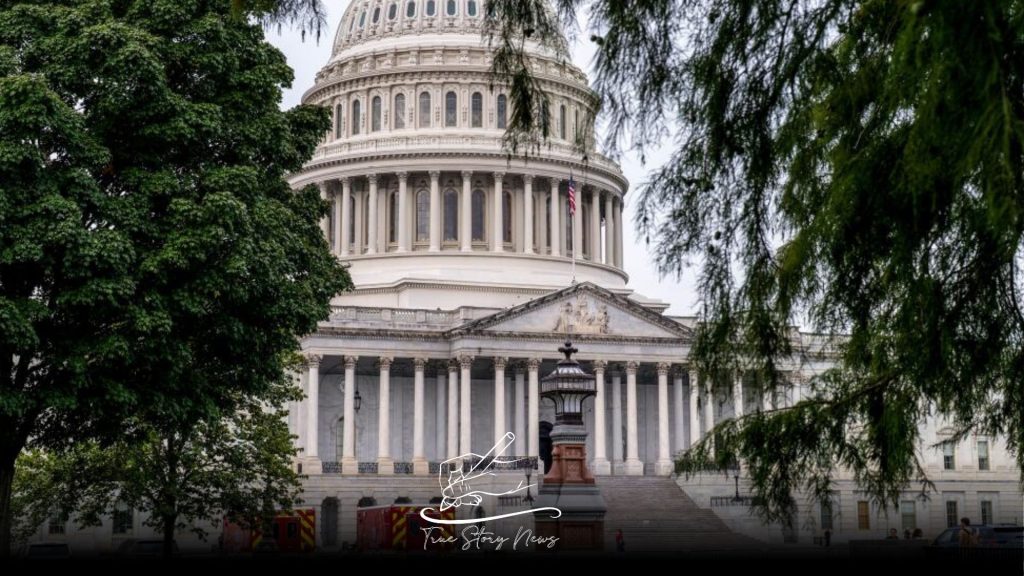A US government shutdown, potentially impacting millions of Americans, commenced on Wednesday following the inability of congressional Republicans and Democrats to settle a budget impasse.
What are the consequences after Congress’s inability to reach an agreement before the expiration of funding at midnight?
– Who is impacted –
Hundreds of thousands of government employees may be furloughed, while those deemed essential will continue to work.
The Trump administration has escalated the situation by instructing agencies to contemplate terminating employees instead of the customary approach of withholding their salaries until a legislative agreement is reached.
The necessity to avert a shutdown has “attained a heightened level of urgency,” stated the American Federation of Government Employees (AFGE).
AFGE President Everett Kelley implored legislators on Monday to engage in negotiations, emphasising that “federal employees are not bargaining chips.”
Generally, numerous employees will be instructed not to attend work, except those delivering essential services such as air traffic control and law enforcement.
The workers remain employed but receive no compensation until the shutdown concludes, indicating that an extended shutdown may jeopardise their financial stability.
– Services affected –
Social Security and Medicare benefits will continue, as Congress authorises these programs through legislation that does not require yearly reauthorization.
The National Park Service (NPS) is expected to be adversely affected. The National Park Service denied access to millions of tourists at several national parks, monuments, and other locations during the 2013 government shutdown.
Nevertheless, the Trump administration maintained public access to parks during the 2018-2019 closure, despite the absence of numerous staff members.
The National Parks Conservation Association said that this caused harm to parks. It mandated closures in the event of a shutdown, cautioning that NPS locations would otherwise be susceptible and inadequately staffed.
– Duration of cessation –
The duration of a shutdown is uncertain.
Economists have cautioned that pressure to reopen the government would intensify if a shutdown persisted for two weeks, potentially jeopardising wages that would usually be paid during the standard US pay cycle.
Numerous shutdowns have occurred, resulting in operations being impacted for over one working day. The shutdown in Trump’s initial presidency lasted 35 days, from December 2018 to January 2019.
The most recent closure was the longest in United States history.
According to Max Stier, head of the Partnership for Public Service, the repercussions of a closure are frequently “more insidious.”
“It disrupts the long-term investments essential for the sustained operation of our government.”
– Economic ramifications –
Economists Kathy Bostjancic and Oren Klachkin of Nationwide stated, “A shutdown could diminish GDP growth by 0.2 percentage points for every week it persists.”
Carl Weinberg of High Frequency Economics stated that if layoffs occur, “the trajectory towards a functional government will be prolonged and more arduous.”
Analysts said that this poses a danger of extended malfunction.
A shutdown would also “halt the dissemination” of economic data that informs policy choices and evaluations of the economic outlook, Weinberg stated.
A primary issue is the scrutinised government report on employment, scheduled for release on Friday. The Department of Labour intended to suspend its publishing in the event of a shutdown.
The department’s Bureau of Labour Statistics gathers and refines data monthly, and a closure might hinder these activities.
Although financial markets often remain stable during a shutdown, Stephen Innes of SPI Asset Management indicated that the environment may get “noisier” in the absence of new economic data signals.
“Markets detest uncertainty more than adverse news,” he said.













